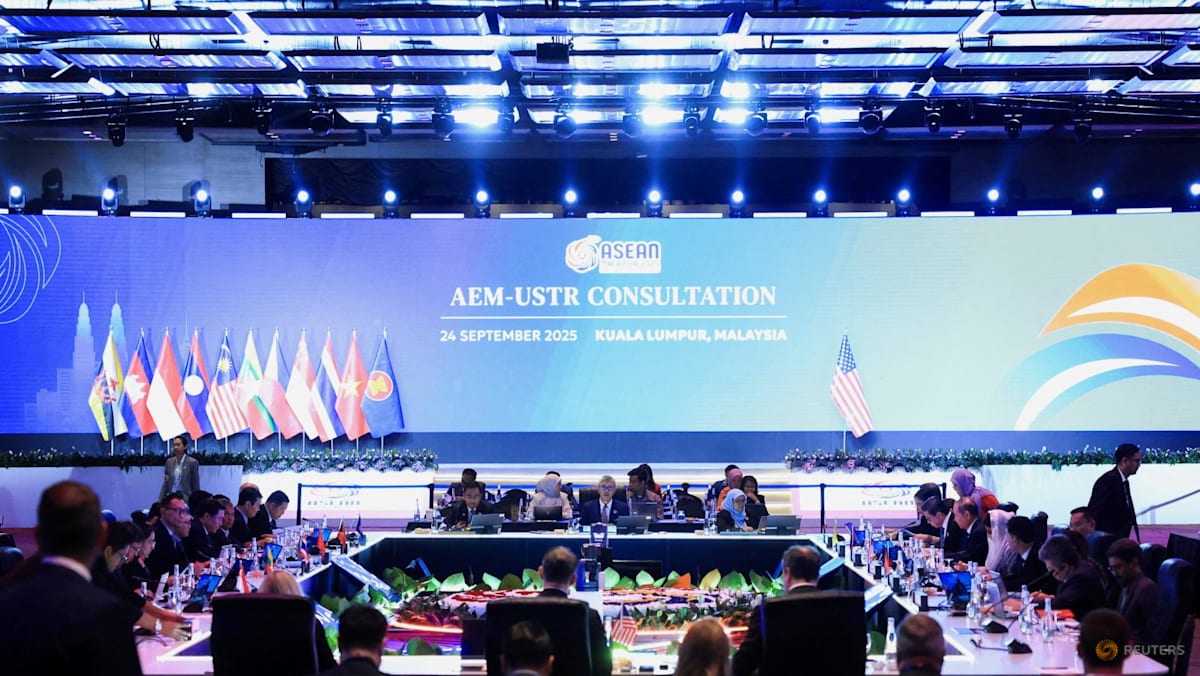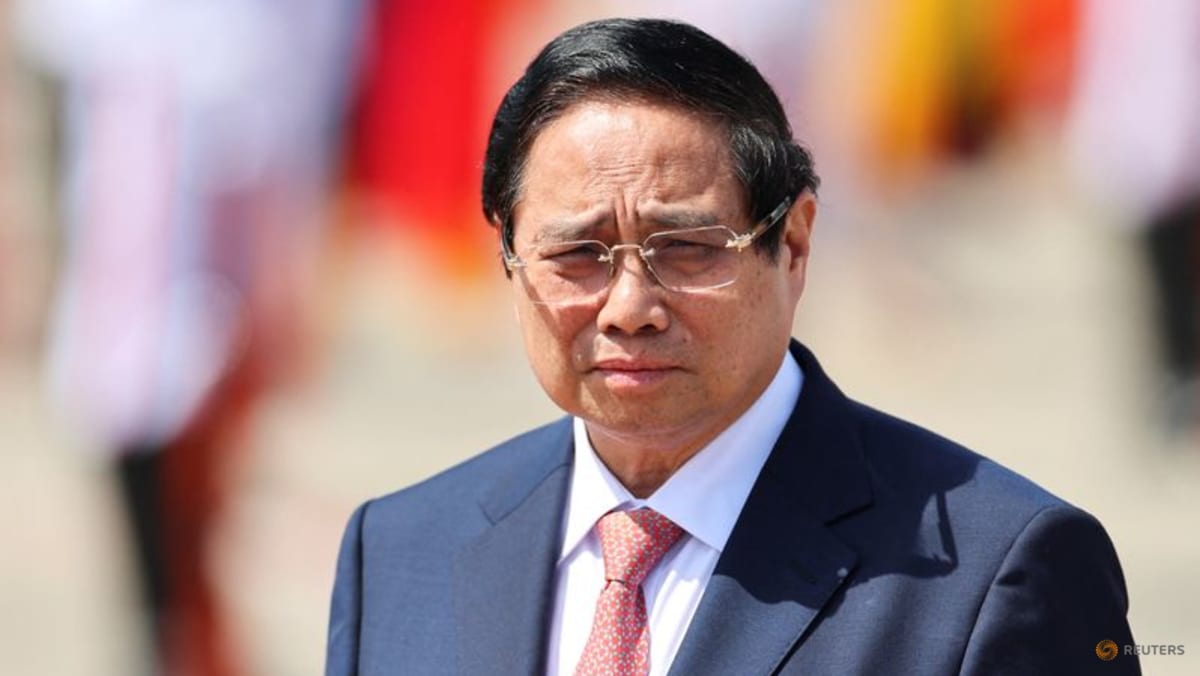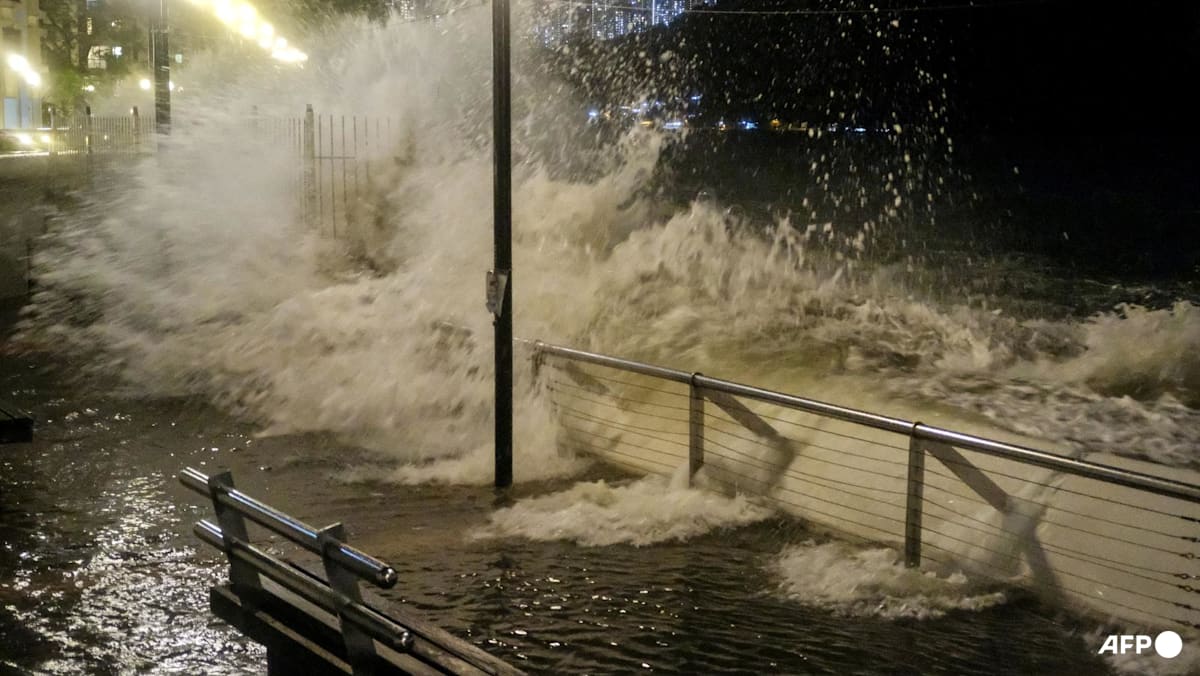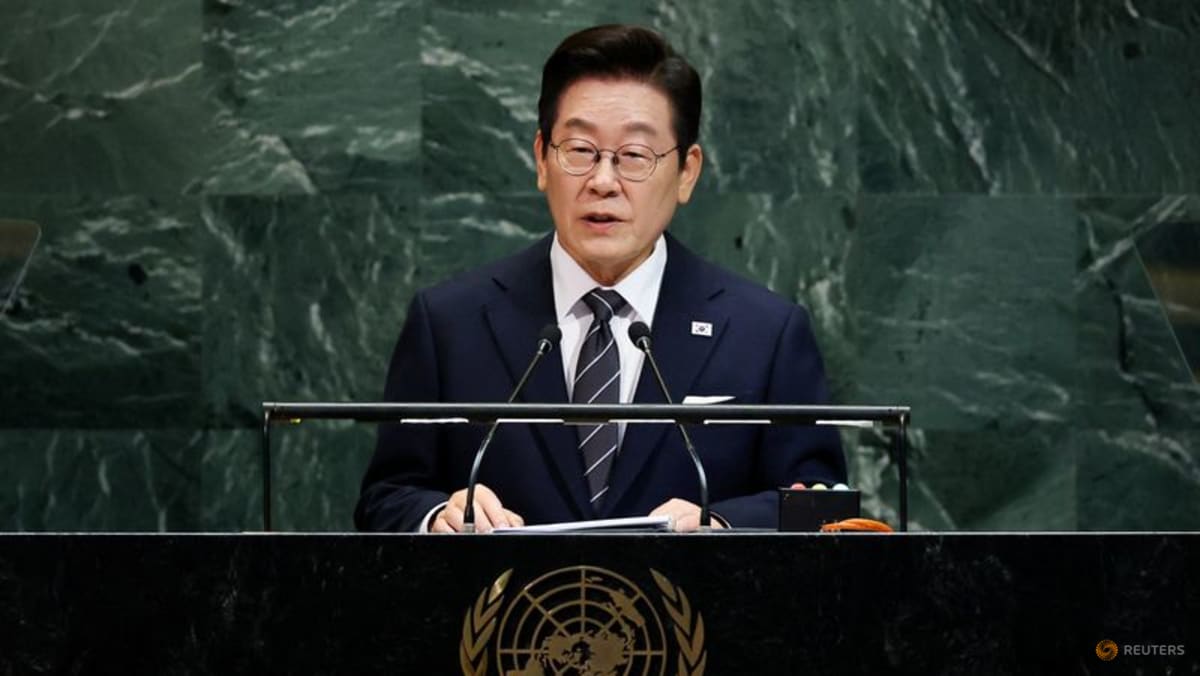RELYING ON NEW MARKETS – COMPETITION IS HIGH
Thailand is facing the running task of rebranding in a world that is less predictable and more competitive than ever.
Southeast Asia has become a “hyper-competitive space” for international tourists, Pearson said, with destinations like Malaysia and Vietnam courting the same travellers Thailand hopes to lure.
Tourism Malaysia has embarked on roadshows and was the “preferred destination” at one of the biggest travel trade shows in China in May. The country also extended its visa-free entry policy for Chinese nationals for another five years.
Vietnam has expanded its e-visa policies, increased direct flights and reopened train services running between Nanning and Hanoi in May, which had been suspended for five years.
“But neither of them are actually doing anything particularly well. It’s just perhaps that there is a bit of a shift from Thailand,” Bowerman said.
Chinese have not stopped travelling; their outbound numbers are projected to exceed those from 2019, according to marketing technology company, China Trading Desk.
There is now fiercer competition, regionally and globally, for their spending power that Thailand is missing out on.
“The game has changed since the pandemic. Any country’s loss is another country’s gain,” Pearson said.
It means Thailand has to fight harder to retain its market share. Other countries are making major investments to woo travellers from around the world, Bowerman said, highlighting efforts from the Middle East, Central Asia, Japan and South Korea to attract visitors at the expense of Southeast Asian countries.
“You need to both look at your acquisition strategy, look at the front door. How do you open the front door to more tourists? But you’ve got to lock your back door, and that’s what I don’t think Southeast Asia is doing at the moment. It’s not looking enough at retention,” he said.
The Thai economy is feeling the impacts of a vanishing Chinese market – total tourism revenue projections for 2025 have also been dropped by the TAT to US$60 billion from US$69 billion. In 2024, tourism accounted for approximately 12 per cent of Thailand’s GDP.
Pipat noted that Thailand’s economic growth was still disproportionately tied to tourism recovery, creating “big headwinds”.
“The strong engine of growth is being shut down. So this is a key concern, both in terms of domestic consumption and the economy in general. Businesses are actually suffering from this,” he said.
At the same time, doubts swirl over whether elite tourists from Europe, India or the Middle East can fill the void; while the latter two are rising in profile, they remain small in absolute numbers.
In a world shaped by shifting allegiances, economic headwinds and geopolitical turbulence, Thailand may not be able to rely on any single market again. Yet even as authorities promote new markets and premium branding, few deny that the Chinese market remains irreplaceable.
“You have to continue trying to work the Chinese market. That’s just inevitable for a Southeast Asian country,” Bowerman said.
“You wouldn’t disregard the Chinese market. It’s too valuable.”













